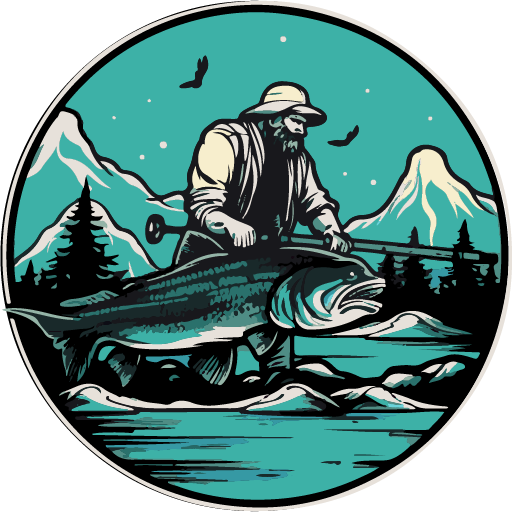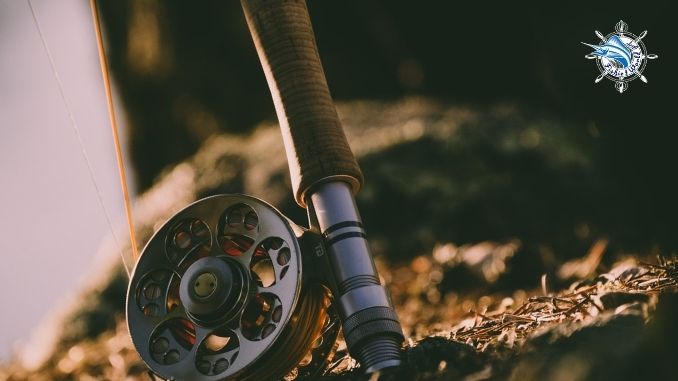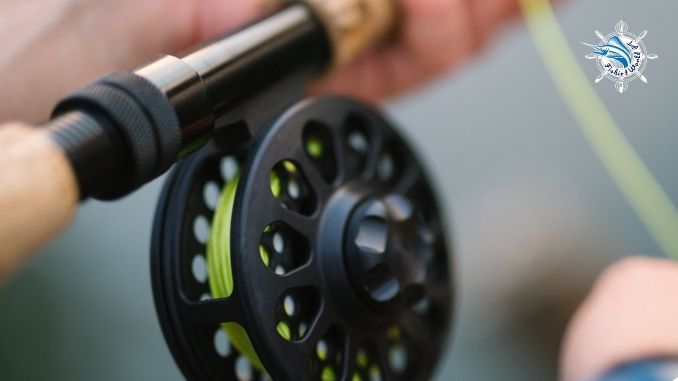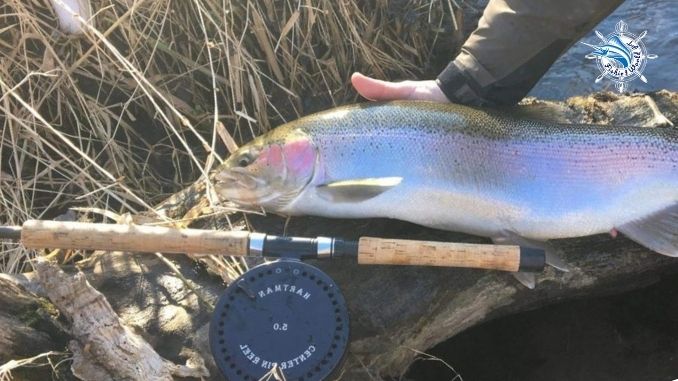Have you ever seen the centerpin reel? If not, have you seen the fly reel? It looks like a fly reel with a large diameter.
Centerpin fishing is also known as float fishing; anglers often use this technique to present a bait below a float in a river to trout, steelhead, and salmon.
You can also achieve great success with it, but it is important that you master your reels.
How do centerpin reels work? With no drag in the reels, it can spin freely forward and backward, creating the most natural presentation possible at the same speed as the river current. There are three words commonly used to describe this type of reel: “drag free drifts”.
I have answered you about the mechanism of the centerpin reel, and next, I will share helpful information about it; you can refer to the article below to understand more about your companion.
More info about centerpin reel
The clicker on the centerpin reel
Don’t confuse clickers on spinning reels or baitcasting reels. In the centerpin reel, it only participates in the transport of the reel, which prevents the spool from spinning freely and avoids problems like backlash or bird nests.
You won’t be able to hear the alarm when a fish is ready to fight you.
high-quality bearings on spool
Often manufacturers will equip centerpin reels with high-quality bearings, which cause movement in both directions (backward and forwards) without any drag. Helping centerpin has advantages over the spinning reel, such as smoother presentation, longer drifts, and minimizing line problems.
You can see many centerpin reels with brass bushing instead of ball bearings, both of which allow the spool to spin in the face of strong winds or currents pushing the float. However, I don’t recommend bushing if you know how to use your thumb to control the speed of the spool.
The spool of a centerpin reel
The spool has two bearings mounted on two different sides, located on a shaft, connected to the reel’s body. Why is it designed like that? For nothing else, reduce tension or resistance as much as possible when spinning, allowing the spool to rotate at the same speed as the water current.
This is why it is popular when fighting fish that like to swim upstream, such as steelhead, trout, salmon.
Split shots
You can often see a series of split shots between the bait and the float. I usually set it up with gradually smaller sizes from float to swivel. Its effect is to make sure the bait is the first thing that can be seen.
Flexible centerpin fishing
Once again, we must mention “drag free drifts”. No matter how fast or terrifyingly slow, the water flow is, you can still present as naturally as possible. And, of course, you have to set up your rig with the correct shot pattern.
Weight and dimension of the spool
Do many people often ask whether these two states of the spool have much effect on the performance of the fishing trip? Many people ask this question because there are models available with different diameters, like 4-5.5 inches or 6-11 ounces, and they are confused as to which setting is better.
I don’t care too much about them, because they all work well, still giving you the best possible presentation to enhance the performance of the trip.
However, there are still some things you need to care about it, which I will list below.
The reel’s retrieve speed will depend on the diameter of the spool. When retrieving, you turn the handle one round, and there will be an amount of line put back into the spool. This means that the larger the spool diameter, the faster the access speed.
Weight affects the likelihood of a smooth pay-out line. This means that if a centerpin reel has a tiny and light spool, it will create an “overrun” phenomenon, the consequences of which everyone knows, backlash or bird’s nest. This will be when you are forced to use the technique you know to solve this annoying problem.
Conclusion
I’ve shared information about the question “How do centerpin reels work?” and other essentials to help you master your reels and maximize your performance on your next trip.
I hope this article is helpful to you. Do you have another idea?
Further reading:
- Other info about fishing in Fishingandhuntingsports
- Discover Centerpin Fishing
- Centerpin Basics



